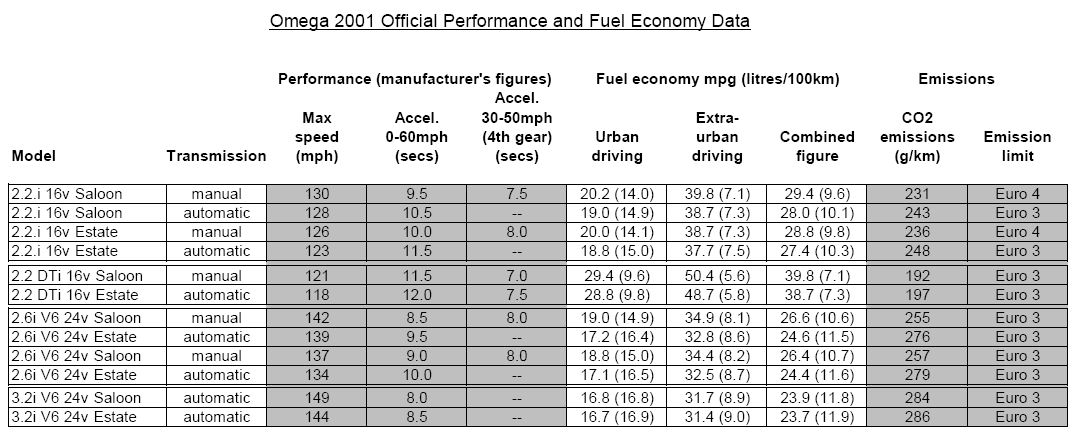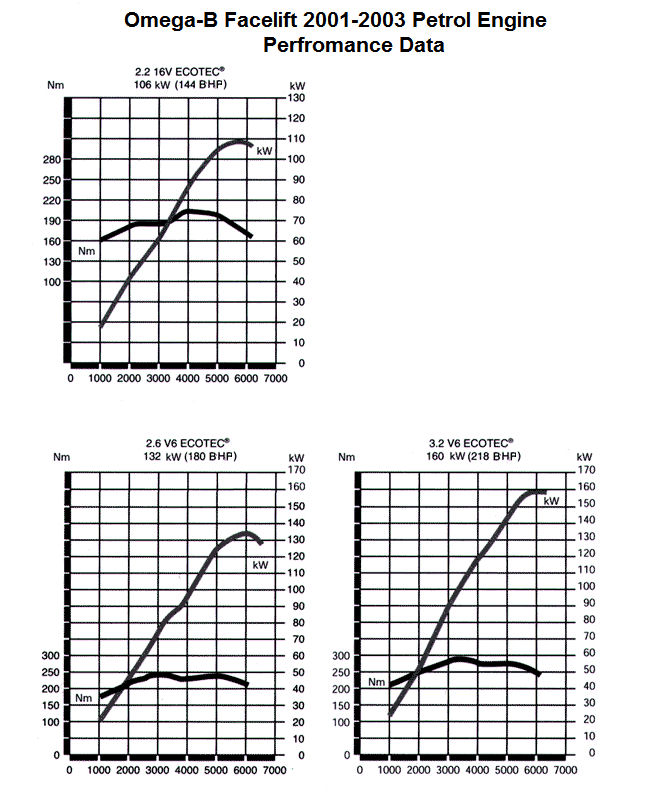TIS2000Technical Information Service (TIS) is a GM software program that contains Technical Bulletins, Factory Recalls and Warranty-related Bulletins, as well as the full labour hours calculator for each job which is the basis for the dealers' charging (i.e. the hourly rate may change from one dealer to another, but the number of hour per job if fixed and dictated by Vauxhall through TIS). In addition, when used in conjunction with GM’s TECH2 diagnostics tool, TIS enables carrying-out software upgrades on some the car’s ECUs and other security-related operations.
GM’s Opel/Vauxhall edition of TIS 2000 covers all of Opel/Vauxhall’s models from around 1992 onwards. TIS is a GM software product which sold to its own Vauxhall dealers as well as to other independant garages. The cost for an annual subscription is around £1,200.
Disclaimer - The TIS software is supplied as a set of CDs that is being updated periodically, and it seems that some older copies of these CDs occasionally find there way to private car owners. On this site we do not condone obtaining any copyrighted material without the permission of its owner, and as such we can not provide any advice on the acquisition or use of TIS.
EPCElectronics Parts catalogue (EPC) is a GM software program that contains exploded-view diagrams of all of the car’s subsystems accompanied with their Vauxhall Part Number. EPC is used by Vauxhall dealerships to identify the correct items’ part numbers, and as such replaces the old Microfiche system.
Disclaimer - EPC is a GM software product which is distributed internally to its own Vauxhall dealers, and it is not available for purchase by the general public. On this site we do not condone obtaining any copyrighted material without the permission of its owner, and as such we can not provide any advice on the acquisition or use of EPC.
AutodataAutodata have been producing for many years a series of hefty catalogues the size of phonebooks, which contain basic technical data for all make and models of cars. The data included is typically service intervals, types and quantities of fluids (e.g. oils, coolant, brake fluid etc), location of common service items, torque settings etc. The information is not very detailed and it does not constitute a proper workshop manual, but it is generally accurate and is mostly useful for the independent garage that deals with various makes and models of cars.
The Autodata manuals are available for purchase on CD from
www.autodata.ltd.uk, and the cost is between £99 to £570 (exc. VAT). The cost is for annual subscription and includes support.
Disclaimer - As with any other software packages, pirated copies may find their way to private users, but as mentioned before we do not condone obtaining any copyrighted material without the permission of its owner, and as such we can not provide any advice on the installation or use of Autodata CD.












